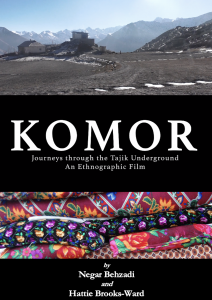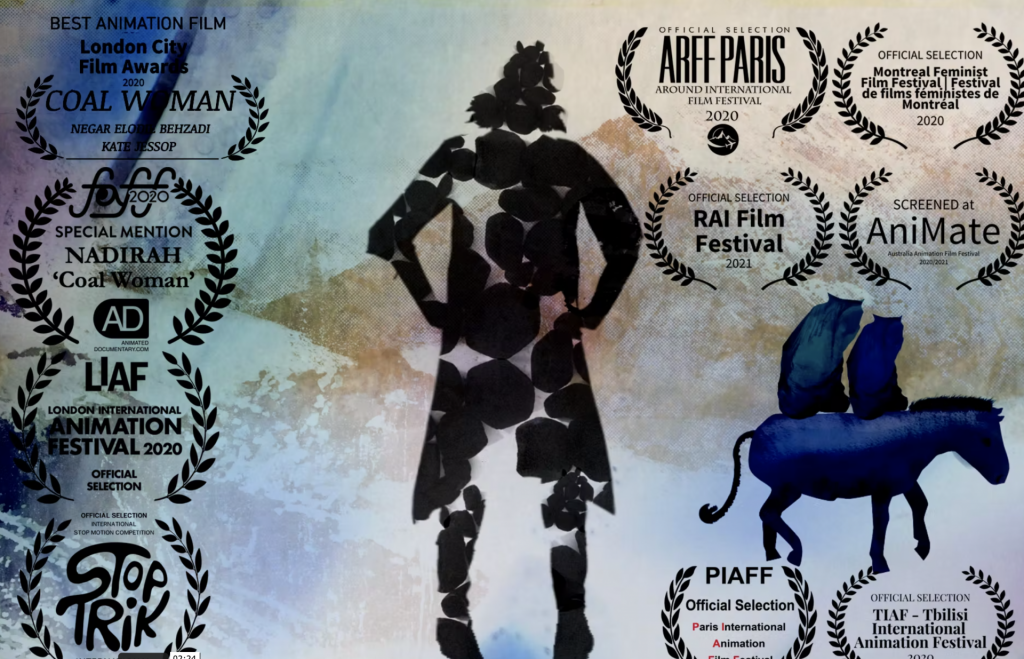Special series on Migration, Mobilities and the Environment, in association with the Cabot Institute for the Environment.
By Negar Elodie Behzadi.
Migration is both gendered and aged. It is also deeply tied to the emergence of new extractive landscapes around the world, marked by extractive frontiers pushing into already stressed and fragile environments. The story of the village of Kante in Tajikistan, of its male migrants and its coal miners – men, women and children – illustrates the ways in which multiple forms of precarious labour appear alongside these new landscapes.
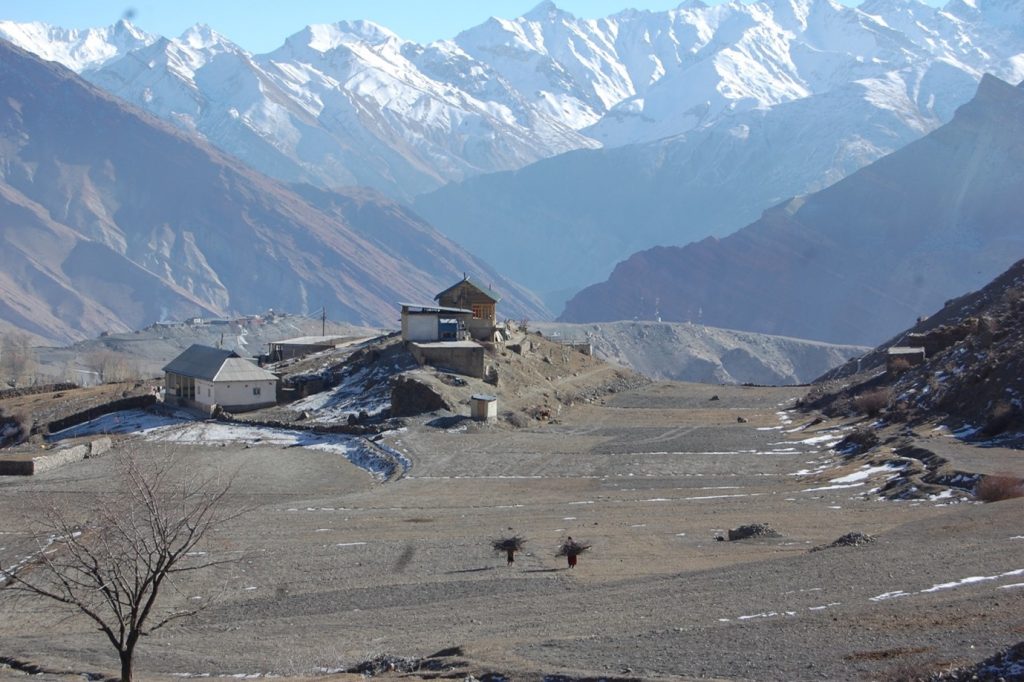
In Tajikistan, a landlocked country in post-Soviet Muslim Central Asia, men started migrating seasonally for work following the fall of the Soviet Union in 1991. In Kante, a village of 1,500 inhabitants on the slopes of the Fann Mountains, 2,000m above sea level, the men gradually began leaving a derelict landscape and a run-down collective tobacco farm. Like most Tajik male seasonal migrants, they left for Russia to find new livelihoods and to escape a country torn by civil war. During the seven years of conflict, which followed the collapse of the Soviet Union, men who did not fight travelled as far as the Kamchatka peninsula in search of work. Some Kantegui mountaineers became fishermen. Others went to Moscow, Sverlovsk, Irskuk and other big Russian cities to do ‘mardikor’ (the work of men) on construction sites.
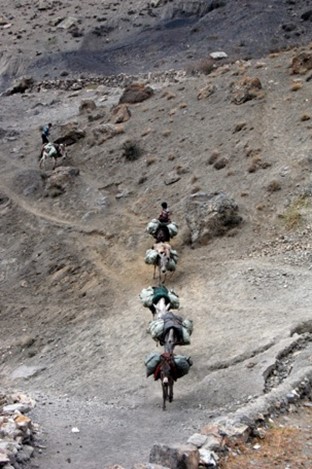
When the war ended, some men came back to Kante, only to find destroyed infrastructure, abandoned fields and an uncertain future. So most returned to Russia. In Kante, as in the rest of Tajikistan, migration became a way of life and a rite of passage – every real man in Tajikistan has migrated, provided for his family back home, drunk alcohol in overcrowded compounds, travelled illegally through borders. Some have slept with Russian women, fallen in love, even taken a second Russian wife, leaving a Tajik wife back home (Behzadi, 2019). Life has also changed for those referred to as ‘the left-behind’. Women, children and the elderly live without husbands, fathers or sons for most of the year. Men become absences, photos, voices down the phone, heroic stories, the amount of remittances arriving at the Western Union in the local town.
Unlike villages in the rest of the country, however, Kantegui men have an alternative to migration. The village lies on one of the largest coal reserves in the country. After the fall of the Soviet Union, families started digging up the mountain with pickaxes to extract coal, using donkeys to haul their load. At first, families extracted the coal for subsistence, but later they started selling it on a growing informal market. This coincided with a broader turn to coal as a major source of energy across the country. Following Uzbek/Tajik resource conflicts, Uzbekistan shut off the pipeline providing Tajikistan with gas in 2012/13, leading to a new Tajikistani coal development strategy (Behzadi, 2019). The same year, a formal Sino-Tajik mine was established in the village, which blew up the Southern slope of the mountain with dynamite. The rolling stones and big machinery crushed some of the donkeys of the informal miners and damaged their houses. The company brought in engineers and managers from China and pushed informal miners away.

In 2014, around 300 men from Kante and neighbouring villages worked in the formal Sino-Tajik mine. Most Kantegui miners in the ‘Chinese’ mine were men who had retired from migration, tired of the back and forth between Russia and the village. In their 30s and 40s, these men had nothing to prove anymore – they were the ‘djahon didir’ (those who have seen the world) who had come back to a quieter life (Behzadi, 2019). But the formal mine does not offer jobs to all. Those who do not work for the Chinese carry on splitting their year between labour migration to Russia in spring and summer and informal coal mining in autumn and winter. In 2014, around 500 men were working in the informal mines. The hardship of their labour and the simplicity of their tools contrasted with the relative ease of labour in the Chinese mine. Although less arduous, however, work for the Chinese project is a mixed blessing: precarious contracts, unpaid salaries and difficult relationships with Chinese managers take their toll in other ways. And the trade-off is significant: men who accept work for the Chinese mine know it is threatening the very existence of their village. The Chinese are ‘taking all our coal’, many villagers say, in particular the informal miners. Part of the informal mines have already been destroyed, and they fear that the whole village might follow.
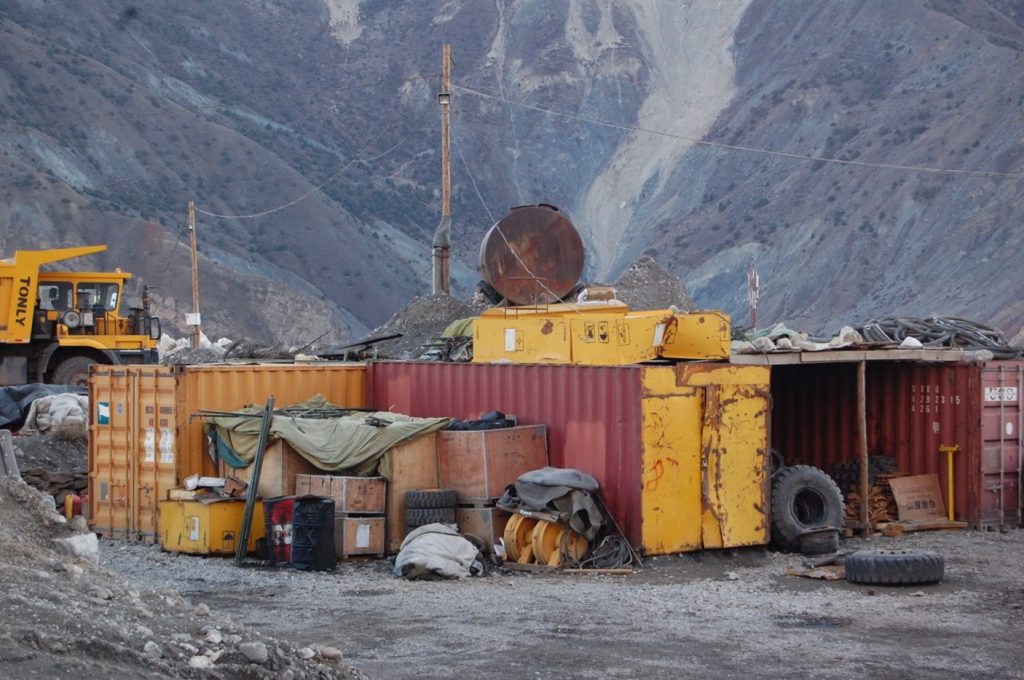
Like migration, extractive labour in mines is gendered and aged. Women and children cannot work in the Sino-Tajik mine, but they do work in informal mines. In the past decade about 20 women have been going mining every day high above the village, and sometimes at night when they know they can go unseen. Some of their husbands, like Nadirah’s (a female miner in her 30s), left the country straight after their wedding and took a second wife in Russia. Now he sends only sporadic remittances. Nadirah goes mining with a friend and her daughter who is 13. Her work is considered ‘ayb’ (shameful) in the village and, as a result, Nadirah is stigmatised and excluded from social networks. But while it is considered unacceptable for women to work underground, it is tolerated for children. Most children start at the age of five, leading the donkey in and out of the coal galleries to the market while their parents extract the mineral on the coalface. ‘Coal,’ says Gulnissar, a mother of a 10-year-old child coal miner, ‘there is only coal in children’s heads today.’
Male seasonal labour migration, the ‘shameful’ work of female miners and the spread of child mining comprise a few of the many precarious forms of labour that emerge in new extractive landscapes around the world. The story of Kante illustrates the fragmentation of societies along gendered and aged lines that occurs in such extractive landscapes. These new extractive frontiers also often emerge in places that are already socio-ecologically stressed, such as in the countries that emerged following the fall of the Soviet Union.
Negar Elodie Behzadi is a Lecturer in Human Geography at the School of Geographical Sciences, University of Bristol. She is a feminist political geographer and political ecologist who explores questions of resource extraction and migration in Tajikistan and France. She has also co-directed two ethnographic films on resource extraction in Tajikistan: Komor: Journeys through the Tajik Underground and Nadirah: Coal Woman.
(All images by the author.)


